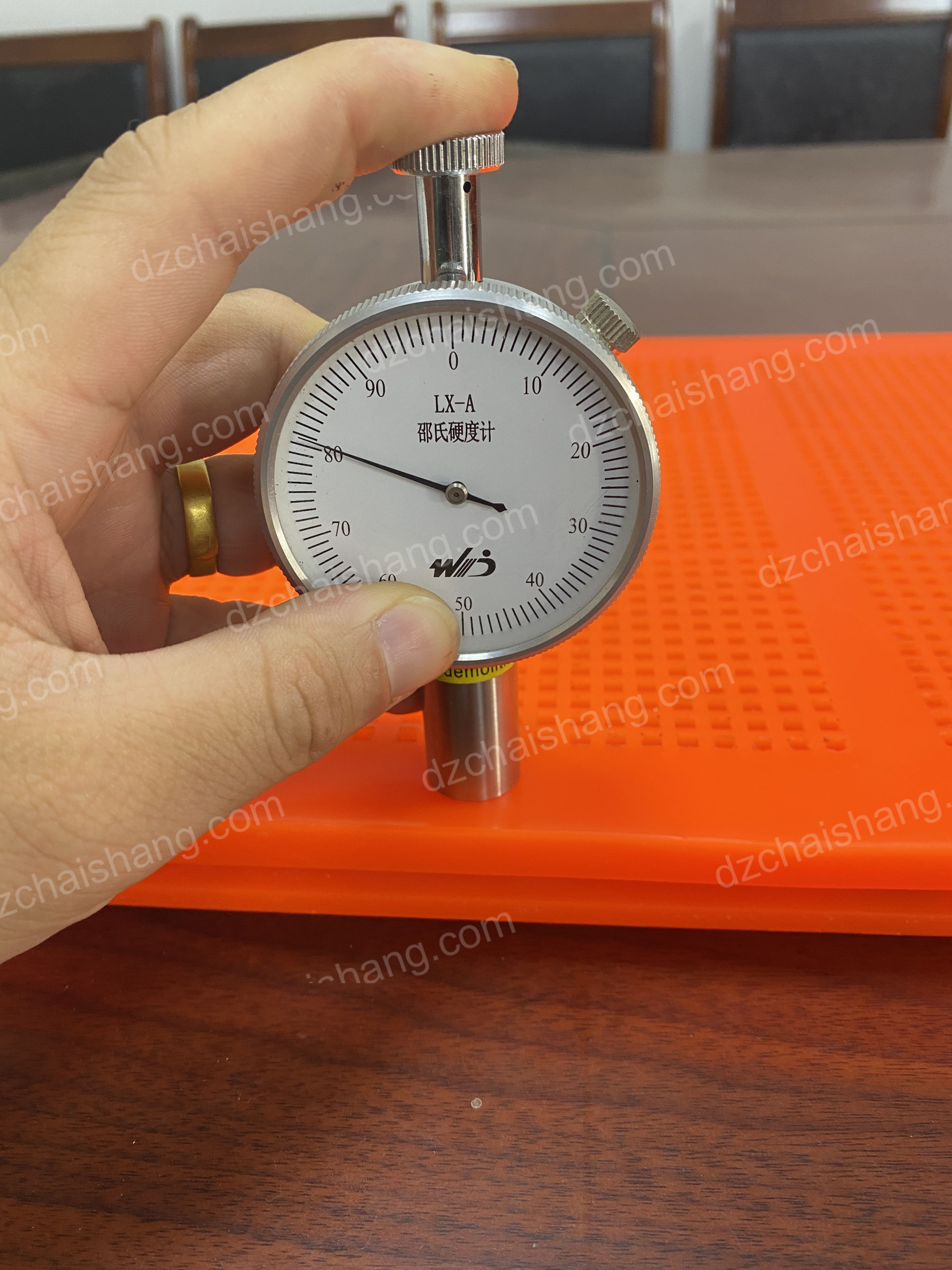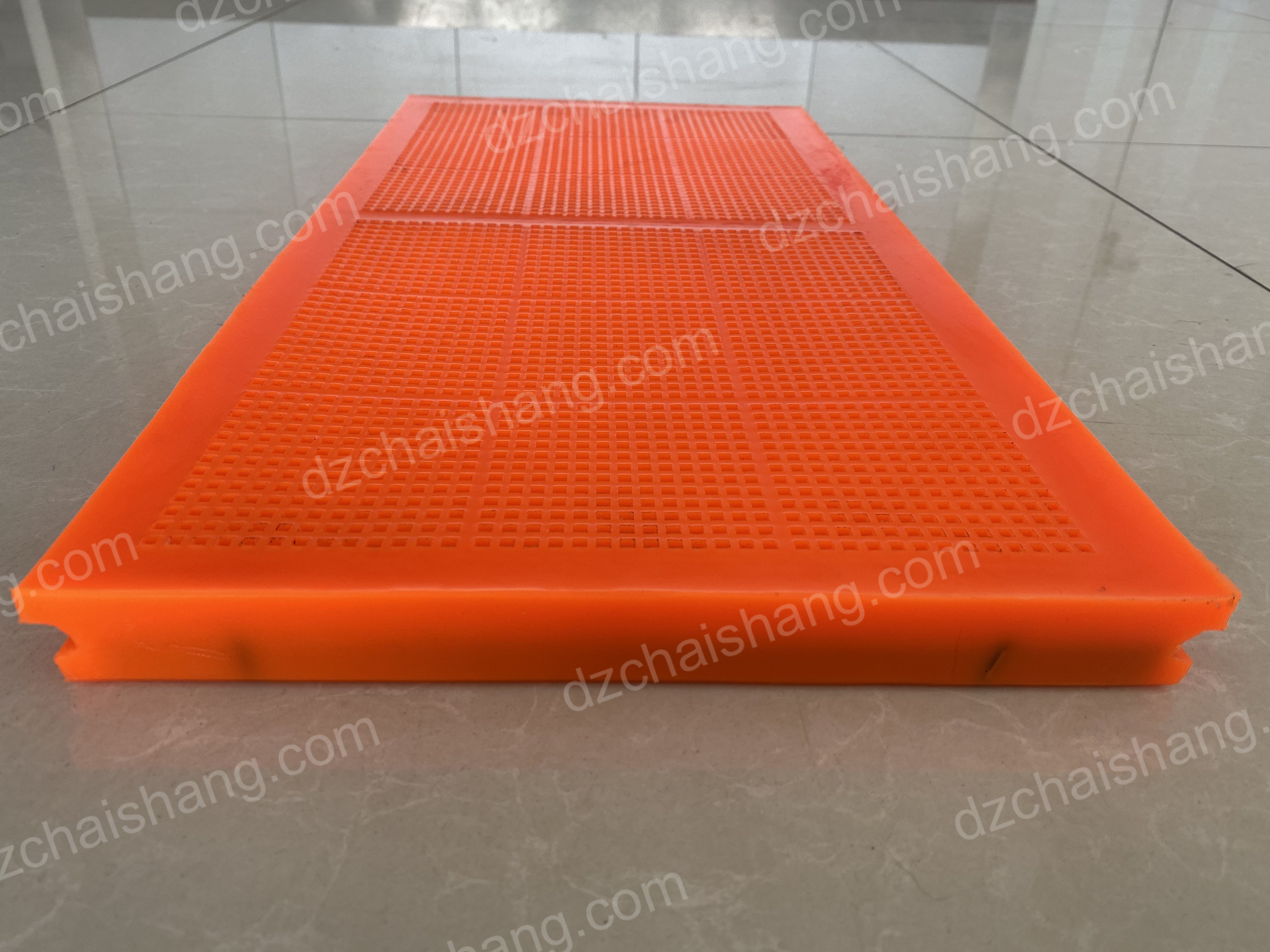- 30
- Nov
How are polyurethane screen plates produced?
The manufacturing process of polyurethane sieve plate: 1. First, you must choose the material for making the sieve plate. Before you start manufacturing, you need to design a high-precision mold. The quality of the product mold plays an important role in the quality of the sieve plate.

2. Cut the edges of the screen plate flat. During the manufacturing process, if the edge position of the plate has the tolerance required by the customer, the manufacturing technician will remove the excess edge according to the customer’s specific requirements.
3. Cutting of the sieve plate. This process is to cut the sieve plate into appropriate sizes.
4. For the flatness of the sieve plate, the production personnel must use a leveling machine to smooth the deformed sieve plate and restore it to its original state. Generally, the plate should be flattened to a thickness of 0.8mm ~ 12mm. The punched parts should be cleaned and lubricated with appropriate lubricants to remove surface oil stains. Clean to make the screen plate clean and beautiful. During the entire forming and finishing process, a series of subsequent processing operations cannot be performed on the screen plate unless the customer requires subsequent processing.

The above are the four steps for polyurethane screen plate production. I hope it will be helpful to everyone.
